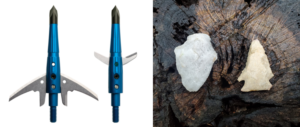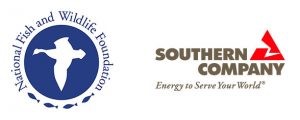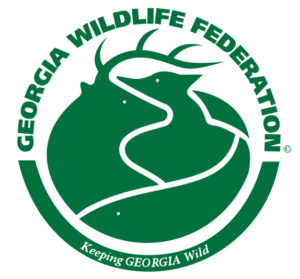
Image 1: Bowhunting over a food plot on private land in the Georgia Piedmont (photo credit: Dr. J.T. Johnson).
By: JT Pynne
Bow season for white-tail deer in Georgia is just getting started. Whether you are a beginner or a seasoned hunter, bowhunting can be an extremely fun and rewarding experience. There is also the added advantage to picking up bowhunting of an earlier start to the season. Beyond the extra time to fill the freezer, the earlier start means deer are still in summer feeding patterns.
History
Indigenous peoples have been using archery for thousands of years, all across the world. In the modern age, bowhunting has survived and is considered fair-chase, but plenty of technological advancements have made it easier, quieter, and more efficient. For example, indigenous arrowheads are often carved out of hard stones, while modern arrowheads have plenty of features to choose from and can even be spring loaded (see image 2). Bowhunting is also used for turkeys, and bowfishing is also a popular fishing technique.

Image 2: On the left, the modern Swhacker Levi Morgan #261 expandable broadheads versus stone arrowheads on the right.
Types of Bows and Stands
There are several categories of bows including longbows, recurve bows, compound bows, and crossbows. Their goals are all the same: shoot arrows. Similarly, there are many types of arrows and arrowheads. As with long gun hunting, there are also different methods and techniques. Different types of treestands including bowhunting specific climbing stick/ladder and platform treestands or bowhunting saddles are popular methods, but ground blinds and stalking are also utilized with this hunting method. Tree stand, saddle, or ground blind hunting depends less on what your habitat looks like, and more on your preferences. It is best to do some research and talk to fellow bowhunters to figure out what works best for you.
Some Brief Physics
Draw weight is an important aspect when selecting a bow. Typical draw weight for compound bows ranges from 30-70 pounds, but can exceed this. The heavier the draw weight, the more potential energy gets released, which results in greater penetration. Likewise, arrow weight is another factor to consider (often measured in grams per inch or GPI). Arrows with less mass will fly at a higher speed, but heavier arrows have more mass which gets transferred into momentum for better penetration. Still, even the heaviest weights have their limitations. Unlike rifle hunting, the ranges at which arrows are lethal and accurate are much lower. Rangefinders and target practice can assist all hunters in determining effective hunting distances. Essentially, you want to find a draw weight and an arrow weight that you can handle but will ethically kill close-range deer. There are several internet resources available to learn more about this.
Preparing Your Private Lands
Management for bowhunting is akin to managing for other hunting methods. However, there are special requirements for bowhunting, especially from treestands or saddles, which come from the difficultly crossing planes from left to right shooting views while in the air. When scouting or using trail cameras, it’s important to note from where the deer come. This way, you can set up on the right- or left-handed side and are less likely to have to flip around.
Furthermore, more frequent and smaller food plots make for easier bowhunting because of bows’ ranges. Additionally, keeping mast-producing trees (including oaks and orchard trees) in certain hunting areas that are not planted so their feeder roots avoid any tilling, can be helpful. These areas provide palatable food at a known deer hang out spot which you can set up nearby, but offset by 20-30 yards. It’s extremely important to put fire on your lands as well. For bowhunting, this is especially important because it helps maintain quality understory and increases visibility for shooting lanes. Another way of increasing visibility and promoting quality browse is providing lower basal areas (less than 100 basal area). If you are bowhunting private lands, be sure you own or are allowed on the property.
Know your land, understand the wildlife. For more information on the GWF private lands program, visit https://gwf.org/privatelands or contact GWF Private Lands Biologist JT Pynne (jtpynne@gwf.org) to schedule a free consultation.


Recent Comments